Descripción
“Principios de Finanzas Corporativas” ofrece una visión completa de los conceptos y herramientas necesarios para tomar decisiones financieras informadas en el ámbito corporativo. La obra se divide en varias secciones que cubren desde los fundamentos de las finanzas hasta temas más avanzados y complejos. La estructura clara y lógica del libro permite a los lectores adentrarse en los principios financieros de manera gradual y comprensible.
Una de las características más destacadas de este libro es su enfoque equilibrado entre la teoría y la práctica. Los autores no solo presentan conceptos teóricos, sino que también los aplican a situaciones del mundo real mediante ejemplos y casos de estudio. Esto ayuda a los lectores a conectar los principios financieros abstractos con su aplicación práctica en empresas reales.
El libro también se destaca por su capacidad para abordar temas complejos de manera accesible. A lo largo de sus páginas, los autores utilizan un lenguaje claro y evitan el uso excesivo de jerga financiera, lo que facilita la comprensión incluso para aquellos que no tienen experiencia previa en finanzas. Además, los ejemplos numéricos y las tablas proporcionan una base sólida para comprender los cálculos financieros y las técnicas de valoración.
Brealey y Myers también hacen un gran esfuerzo por mantener el contenido actualizado y relevante para el entorno empresarial en constante evolución. La última edición del libro incorpora conceptos y tendencias contemporáneas, como la valoración de empresas de tecnología, fusiones y adquisiciones, y la gestión de riesgos financieros en un mundo globalizado. Esta atención a los desarrollos actuales asegura que los lectores obtengan una comprensión actualizada de las finanzas corporativas y su aplicación práctica.
“Principios de Finanzas Corporativas” ha dejado una huella duradera en el campo de las finanzas. Desde su publicación inicial, ha sido adoptado por numerosas universidades y programas de educación en finanzas como un texto de referencia clave. Su popularidad se debe en gran medida a la combinación única de teoría y práctica, lo que lo convierte en una herramienta esencial tanto para estudiantes como para profesionales en el ámbito financiero.
Además, el libro ha logrado trascender las fronteras académicas y se ha convertido en una referencia común en el mundo empresarial. Muchos ejecutivos y líderes empresariales han encontrado en él una guía confiable para tomar decisiones financieras estratégicas en sus organizaciones. Su enfoque práctico y su capacidad para presentar complejos conceptos financieros de manera comprensible han sido ampliamente elogiados por aquellos que buscan una base sólida en finanzas corporativas.




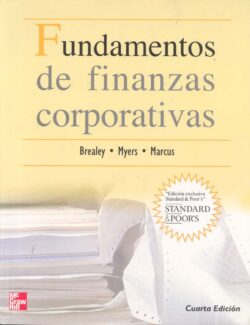

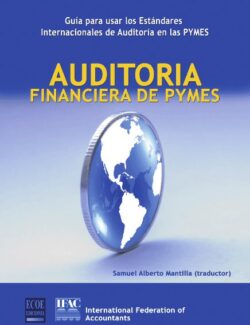

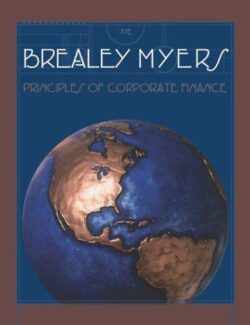

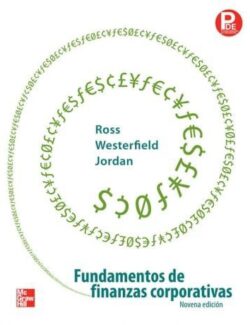
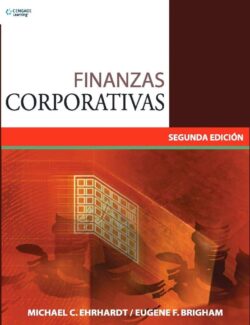
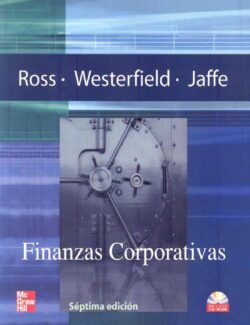
Déjanos un comentario
4 comentarios